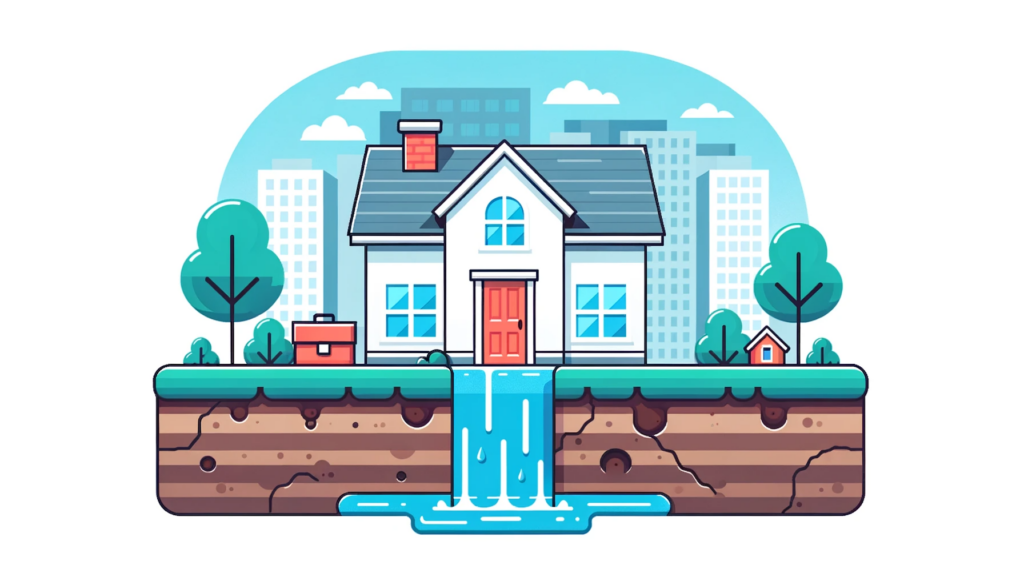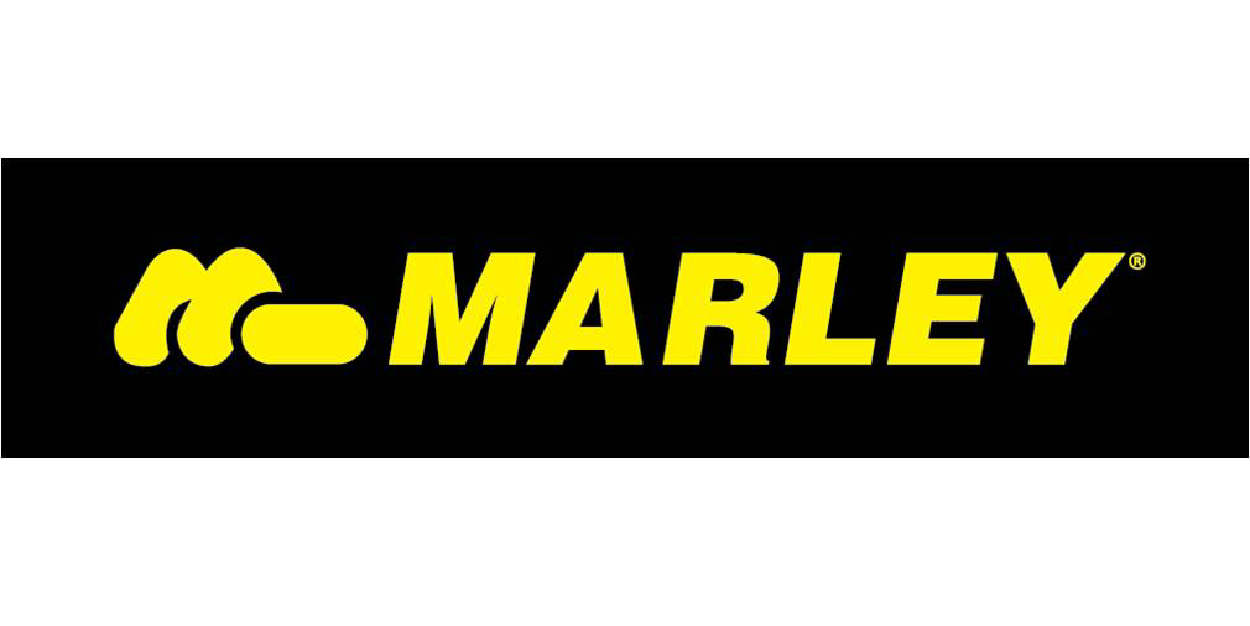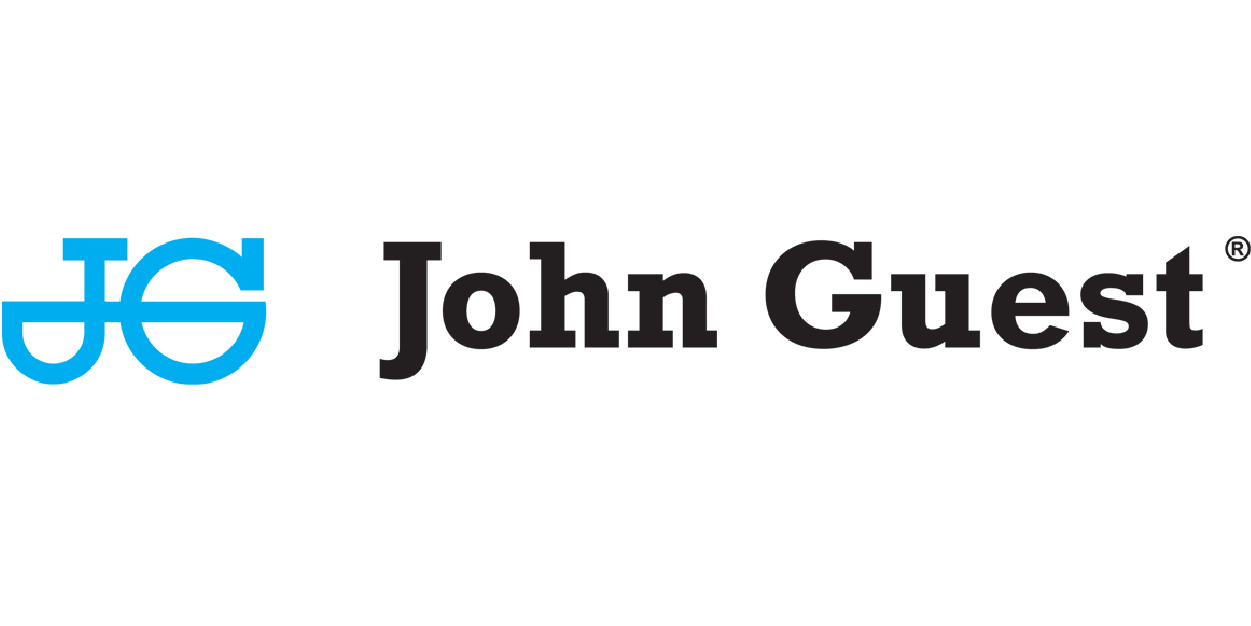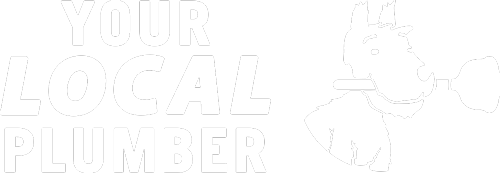
Call Today 09 973 4973 or
Recognising Gas Leaks
The ability to quickly identify a gas leak is critical. Indicators of a gas leak include:
- Smell: Natural gas is odourless in its natural state, so a distinctive sulphur-like odour, reminiscent of rotten eggs, is added to help detect leaks. This smell is often the first indication of a gas leak.
- Sound: A hissing or whistling sound near gas lines or appliances can signal gas escaping from a leak.
- Sight: Visual cues such as a white cloud or mist, bubbles in standing water, or dead vegetation around a gas line area can suggest a leak. Inside, soot or black marks around appliances may be visible.
- Physical Symptoms: Exposure to gas can lead to symptoms including dizziness, nausea, headaches, and breathing difficulties. These symptoms, especially if they appear suddenly or in a specific area of a building, can indicate a gas leak.
Responding to Gas Leaks
Immediate action is crucial upon suspecting a gas leak:
- Evacuate Immediately: Leave the area without turning on lights, using electrical switches, or doing anything that could ignite the gas.
- Avoid Flames and Sparks: Do not light matches, cigarettes, or operate electrical devices, including mobile phones, as these can trigger an explosion.
- Shut Off the Gas: If it’s safe to do so, shut off the main gas supply valve to stop the flow of gas. This valve is usually located near the gas metre.
- Call for Help from a Safe Distance: Once safely away from the suspected leak, contact your gas supplier’s emergency number or New Zealand’s emergency services by dialling 111. Provide them with as much information as possible about the situation.
- Do Not Re-enter the Premises: Stay clear of the affected area until emergency services or a licensed gas fitter has inspected the site and confirmed it is safe to return.
- Ventilate the Area: If possible, open doors and windows to disperse the gas as you exit, but only if this does not delay evacuation.
Preventative Measures
Preventing gas leaks is an ongoing responsibility that includes:
- Regular Maintenance: Engage a licensed gasfitter to perform annual checks and maintenance on your gas appliances and infrastructure. This is not only a safety measure but also a requirement under New Zealand law.
- Know Your Gas System: Familiarise yourself with the layout of your gas system, including the location of the main shut-off valve and how to operate it in an emergency.
- Install Gas Detectors: Consider installing gas detectors in key areas, especially where gas appliances are used frequently. These devices can provide an early warning of gas presence.
- Educate Occupants and Employees: Everyone who uses the building should be aware of how to detect a gas leak and the steps to take if one is suspected. This includes recognising the smell of gas, knowing the location of gas shut-off valves, and understanding the importance of evacuating the area immediately.
- Use Appliances as Intended: Ensure that all gas appliances are used only for their intended purposes. For example, never use an oven for space heating or a barbecue grill indoors, as misuse can lead to dangerous gas build-up.
- Professional Installation: All new gas appliances and modifications to existing gas systems should be carried out by a licensed gasfitter. This ensures that the installation complies with New Zealand’s strict safety standards and regulations.
- Regular Appliance Checks: In addition to annual system checks, visually inspect your gas appliances regularly for signs of wear or damage. Look for unusual flame colours (a healthy gas flame should be blue), soot or black marks, and check for proper ventilation.
- Emergency Plan: Develop and regularly review an emergency plan that includes procedures for dealing with gas leaks. This plan should be readily accessible and include emergency contact numbers, instructions for shutting off the gas supply, and evacuation routes.
Maintenance Protocols
Adhering to a strict maintenance protocol is essential for the longevity of gas appliances and the safety of all building occupants:
- Scheduled Servicing: Book a licensed gasfitter for annual servicing of your gas appliances and systems. This service should include cleaning, testing for leaks, checking gas pressures, and ensuring that ventilation pathways are clear and unobstructed.
- Record Keeping: Maintain a log of all gas safety checks, servicing, and any repairs carried out on your gas appliances and systems. This record can be invaluable for troubleshooting future issues and demonstrating compliance with safety regulations.
- Address Issues Promptly: If a gasfitter identifies any issues during an inspection or service, ensure that these are addressed promptly. Delaying repairs can compromise the safety of the appliance and increase the risk of a gas leak.
Leveraging Technology for Safety
- Gas Detection Systems: For commercial and industrial settings, consider installing sophisticated gas detection systems that can monitor for leaks continuously. These systems can automatically shut off the gas supply in the event of a leak, providing an additional layer of safety.
- Smart Technology: Smart gas metres and appliances can offer real-time monitoring of gas usage and potentially detect abnormalities that may indicate a leak or inefficiency in the system.
By implementing these preventative measures and adhering to a regular maintenance schedule, businesses and homeowners in New Zealand can significantly reduce the risk associated with gas usage. Ensuring the safety of gas systems is not just a regulatory requirement but a critical component of safeguarding people, property, and the environment.
Suppliers




